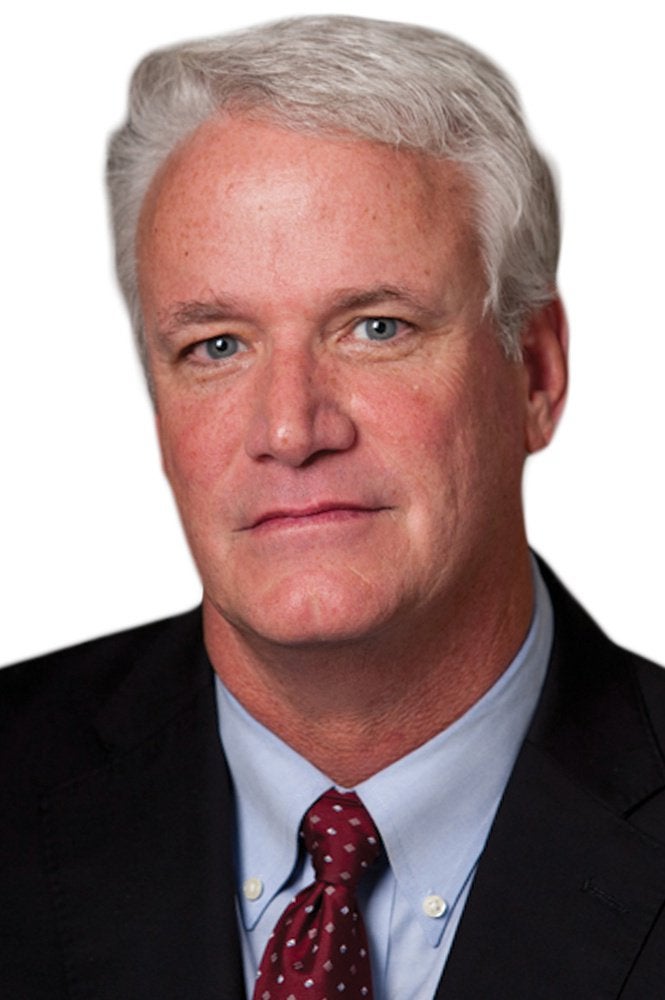Texas Loves Sunshine Act of 2019
Published 2:10 pm Sunday, November 4, 2018
By State Rep. Lyle Larson
Are you tired of falling back and springing forward every year?
In 1918, motivated by the worthy goal of saving energy, the United States Congress enacted the law that still has us switching our clocks twice a year. Since coal was the exclusive energy source at that time, ensuring that Americans had more daylight working hours made sense, and Daylight Saving Time actually did save energy. However, as you read this one hundred years later, we should acknowledge that in today’s world with the benefit of so many modern technological advancements since that time, Daylight Saving Time has long outlasted its purpose, and as a result, is wildly unpopular with folks across the country. Just 33 percent of Americans believe Daylight Saving Time is “worth the hassle.”
Daylight Saving Time has some significant disadvantages. First, it doesn’t really conserve energy. While the use of household lighting decreases during daylight hours, the use of air conditioning and other electronics rise, resulting in an overall uptick in household energy use. Research indicates that on average, Daylight Saving Time contributed to the conservation of just 0.34 percent of energy use. Since this policy is clearly no longer meeting its goal of energy conservation, does it make sense to continue it?
Not only does Daylight Saving Time fail to achieve its original intent of saving energy, but research has also shown that it causes health problems. The risk of heart attack increases 10 percent in the days following springing forward, most likely caused by sleep deprivation and the interruption of biological rhythms, according to researchers. Studies also indicate that we are less productive, more likely to get sick, and just simply exhausted in the days following the time change.
Some erroneously believe that Daylight Saving Time is supported by our country’s farmers so they may more easily finish their harvests. In fact, farmers actively fought the Daylight Saving Time proposal when it was first introduced. For some reason, this misconception about the farmers support for the time change persists.
Based on all of this data, it is challenging to find a reason why the Daylight Saving Time policy continues. Perhaps it is because some special interest groups seem to be the only ones reaping benefits. In 2005, Congress passed the Energy Act of 2005, which extended the length of Daylight Saving Time an additional week in the fall, in large part due to an effort by candy producers to allow for more daylight hours on the night of Halloween for trick-or-treating. This is hardly a good reason to continue this outdated practice.
In a world without Daylight Saving Time, we could all enjoy additional time outdoors by engaging in recreational activities. We could maintain our sleep schedules, feeling healthier and happier overall as a result. We could end a senseless practice that has many drawbacks and very little if any, positive aspects.
This is why we plan to introduce the Texas Loves Sunshine Act of 2019 in the upcoming legislative session. Our legislation will keep standard time in Texas, allowing you to forgo the jolting process of adjusting to a new time twice each year.
Doing something just because it has always been done that way is no reason to continue it. Let’s mark the hundred year anniversary of this antiquated policy by finally putting an end to it!
Larson, R-San Antonio, is a member of the Texas House of Representatives. He can be reached at lyle.larson@house.texas.gov or @RepLyleLarson.






